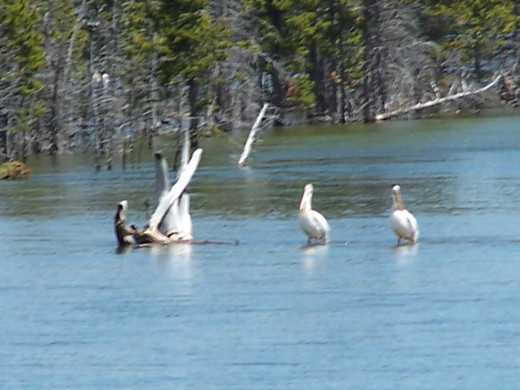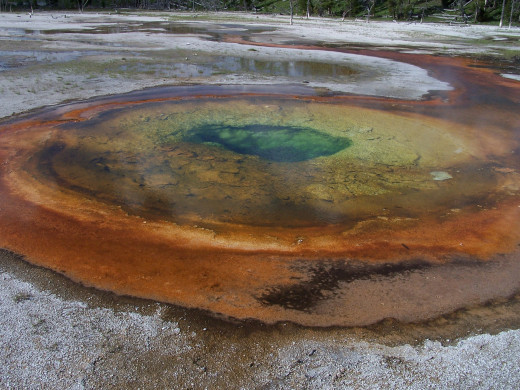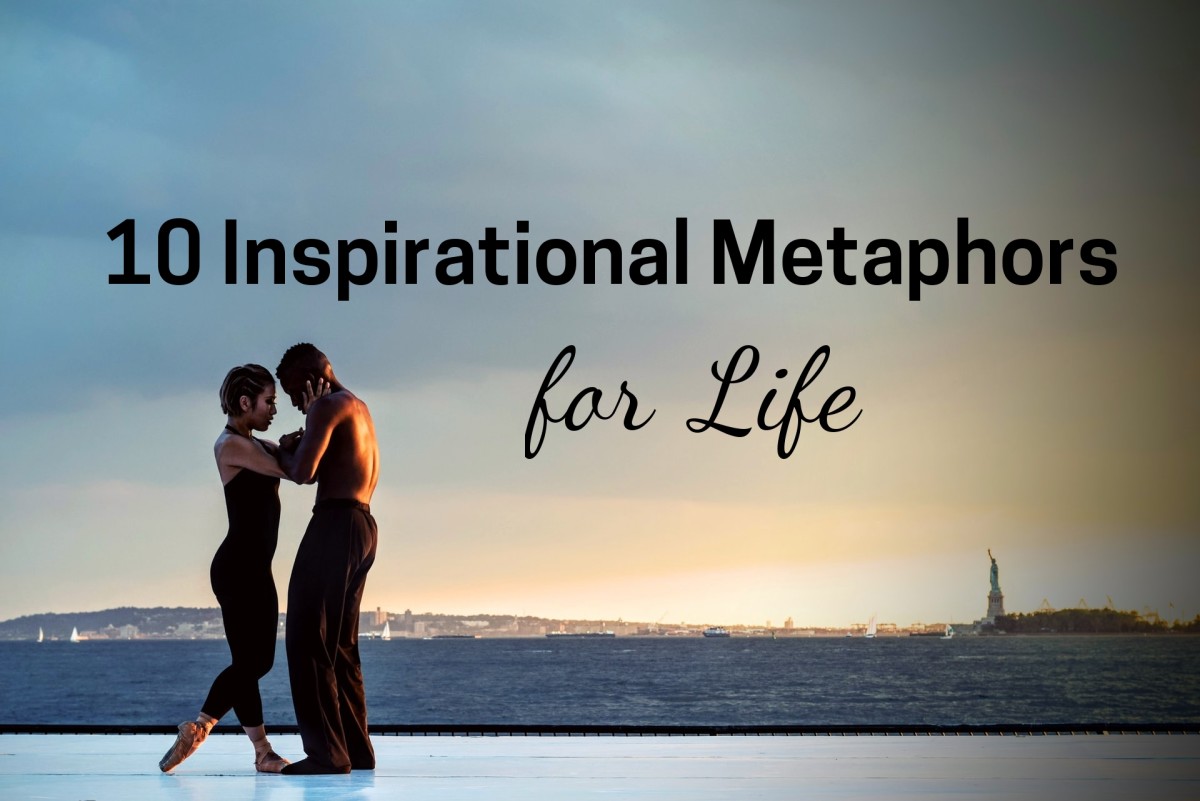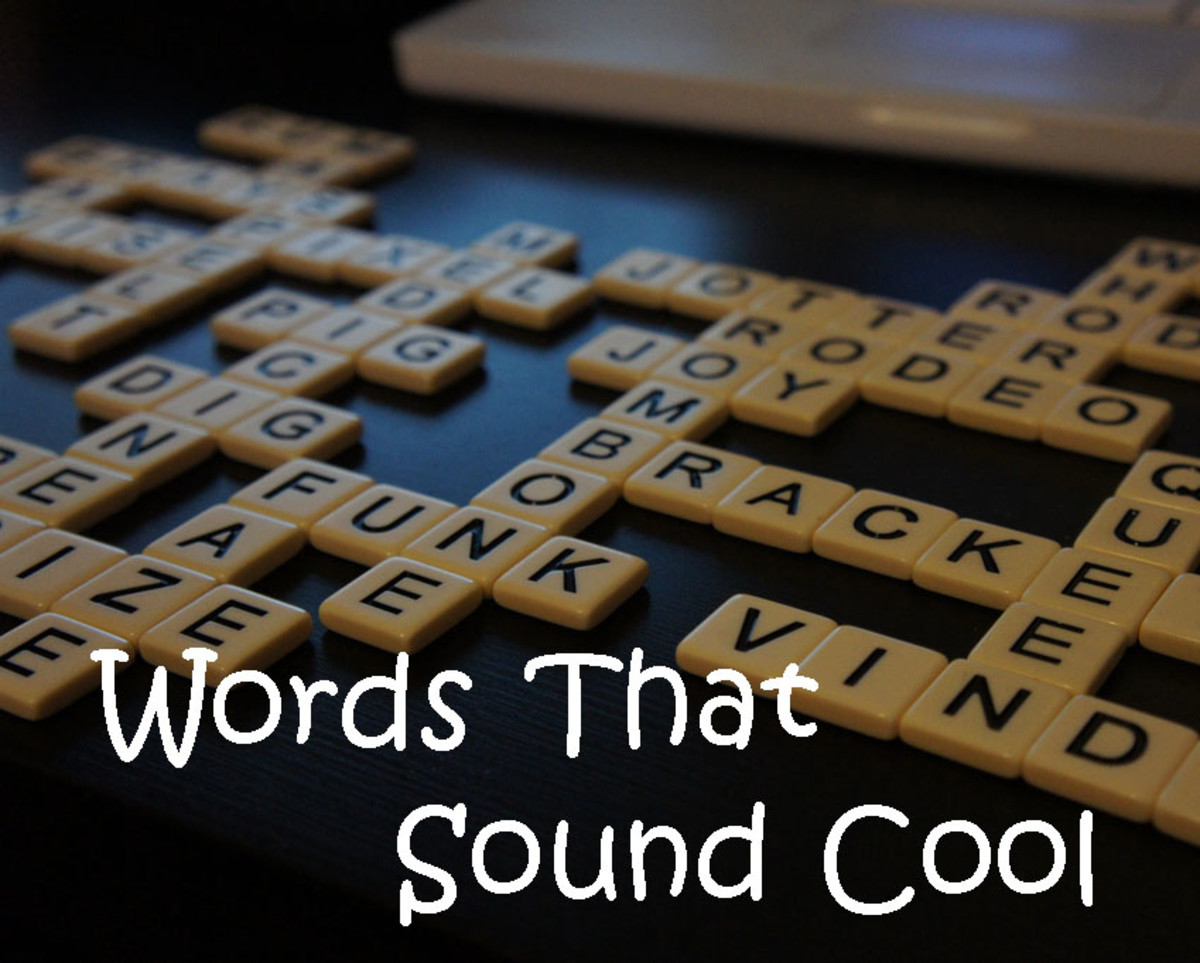Writing 101: The Under-Appreciated Metaphor
In Search of the Perfect Sentence
My wife and I went to the Farmer’s Market this past Saturday, and I was lost in a sea of nameless faces.
Welcome to the world of metaphors!
The life of a writer is a rocky path strewn with boulders.
But never fear. I am here to remove those boulders and give you a much-easier path to travel upon.
Have I lost you yet, or are you clueing in to the use of metaphors?
Yes, we continue to search for the perfect sentence. I have written before about my envy of writers like Steinbeck. I consider it a good day of writing if I produce one extraordinary sentence. Steinbeck wrote books where extraordinary sentences piled one on top of another, a veritable cord of language brilliance.
So, I have my work cut out for me, and the only way I’m ever going to reach that level of excellence is to continue to practice my craft. Luckily, I have many tools to use on my quest for excellence, and one of those tools is the subject of today’s article: the metaphor.
If you were paying attention you noticed that I already gave you several examples of metaphors, but for those a little slow on the uptake today, let’s take a look at a definition.

The Definition of a Metaphor
Metaphors are fine if they aid understanding, but sometimes they get in the way.
Richard Dawkins
Our friends at Yahoo Dictionary tell us that a metaphor is “a figure of speech in which a word or phrase that ordinarily designates one thing is used to designate another, thus making an implicit comparison, as in ‘a sea of troubles.’”
I was lost in a sea of nameless faces.
The life of a writer is a rocky path strewn with boulders.
Are you with me now?

The Two Parts of a Metaphor
I believe that a work of art, like metaphors in language, can ask the most serious, difficult questions in a way which really makes the readers answer for themselves; that the work of art far more than an essay or a tract involves the reader, challenges him directly and brings him into the argument.
George Steiner
A metaphor consists of two parts, a tenor and a vehicle.
The tenor is a noun that is being given the characteristics of a second noun, which is the vehicle.
If I say “that guy over there is a hog,” I am describing a human being, the guy, as an animal, a hog. Obviously I know the guy is a human, but I want to tell my audience that he acts or looks like a pig.
Now that you know the two parts of a metaphor, let’s take a look at the rules that apply when writing one.
Two Main Rules When Writing a Metaphor
Metaphors have a way of holding the most truth in the least space.
Orson Scott Card
Only two, so pay attention.
In a metaphor, the tenor always comes before the vehicle. In other words, the thing you are describing comes before the descriptive phrase. In the example above, I would not say the hog is that guy. That would make zero sense and only serve to confuse my readers.
The second rule is that you need to keep in mind the point you are trying to convey. If you are trying to describe how beautiful something is, then you wouldn’t use something ugly like a garbage dump to compare it to. Your comparison has to make sense to the reader since the whole point of a metaphor is to help the readers to understand something better.

Don’t Confuse a Metaphor with a Simile
Key metaphors help determine what and how we perceive and how we think about our perceptions.
M. H. Abrams
Metaphors and similes are often confused, mainly because they do basically the same thing. The main difference is that a simile uses the words “like” or “as” in the comparison. Instead of saying “that guy over there is a hog,” which would be a metaphor, you would say “that guy over there is like a hog,” which would be a simile.
They accomplish the same thing, but that doesn’t make them the same thing, if you get my point.
And Now, for Some Famous Metaphors from Literature
Look at almost any passage, and you'll find that a paragraph has five or six metaphors in it. It's not that the speaker is trying to be poetic, it's just that that's the way language works.
Steven Pinker
Now that I’ve explained it all to you, let’s see how the pros use metaphors. You might as well see how it’s done and then fake it till you make it.
From William Shakespeare:
“All the world’s a stage, and all the men and women merely players. They have their exits and their entrances.”
From Khalil Gibran:
“All our words are but crumbs that fall down from the feast of the mind.”
From Marcel Proust:
“Let us be grateful to people who make us happy, they are the charming gardeners who make our souls blossom.”
From Walt Whitman:
“And your very flesh shall be a great poem.”
From George Orwell:
“Advertising is the rattling of a stick inside a swill bucket.”
And finally, from Vincent Van Gogh:
“Conscience is a man’s compass.
One Final Thing to Avoid
You may have heard of mixed metaphors. They are to be avoided at all costs because, let’s face it, our job as writers is not to confuse our readers.
A mixed metaphor is a series of unrelated and absurd comparisons. Let’s take a look at an example.
“So now what we are dealing with is the rubber meeting the road, and instead of biting the bullet on these issues, we just want to punt."
(Chicago Tribune, cited by The New Yorker, August 13, 2007)
Remember, earlier, I told you that a metaphor must have a tenor and a vehicle. In the mixed metaphor above, you’ll notice we do not have a tenor, and instead we have three vehicles, none of which are related. This is, in a word, a mess…and it was written by a journalist. Lord give me strength!
Join me on my writing blog
- William Holland | Helping Writers to Spread Their Wings and Fly
Tips, discussions, and helpful references for writers
And Now My Challenge to You
Now that you know how to write a metaphor, it is time to dazzle the teacher. I want you to write a metaphor in the comment section below. Let’s see how you do.
And beyond that, I would hope that you’ll use this lesson to add pizzazz to your writing in the future. Metaphors are wonderful tools that, when used correctly, will add texture to the constructions of your writing. Hopefully you’ll take some time to practice them and use them in your future work.
Happy writing to all of you!
2014 William D. Holland (aka billybuc)
“Helping writers to spread their wings and fly.”











